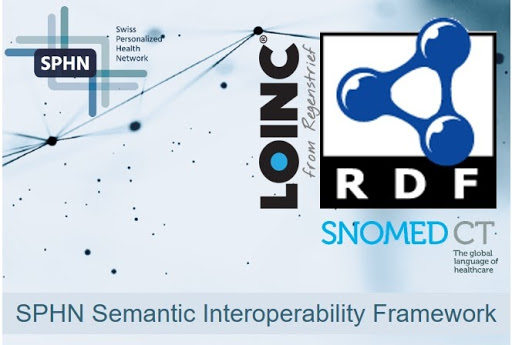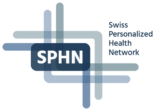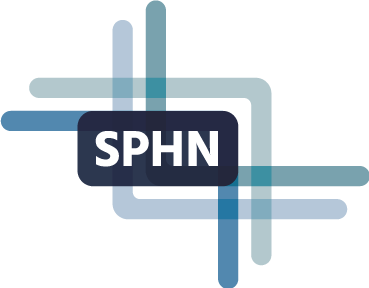
SPHN gladly announces the new release of the SPHN Semantic Interoperability Framework including the SPHN Dataset (Pillar 1) and the SPHN RDF schema (Pillar 2).
In order to combine data from different sources, the semantic meaning of the data needs to be interpretable by both humans and machines. To have an exchange format, which can represent the semantics, RDF has been officially adopted by the SPHN National Steering Board in autumn 2020. Following the FAIR principles, the SPHN Data Coordination Center together with the RDF task force of the university hospitals has been working on the implementation of a new version of the SPHN RDF schema, which is based on the SPHN semantic Dataset.
The SPHN RDF schema has been implemented as a template for hospitals to provide their data in a consistent manner using different internationally recognized standards. The template is flexible to permit different projects to represent information of interest by modifying the schema according to established rules. This fit-for-purpose strategy serves both goals: supporting hospitals to efficiently deliver data defined in the SPHN Dataset in a standardized way while allowing for the flexibility needed by individual projects.
The following considerable improvements have been brought to this new RDF schema:
- a human-readable definition of classes and properties identifiers,
- connection to external resources (ATC, CHOP, LOINC, ICD-10-GM, SNOMED CT, UCUM) that have, in addition, been translated into RDF,
- use of controlled vocabulary (meaning binding) of classes to SNOMED CT and/or LOINC
- definition of value sets as instance data directly reusable by hospitals.
The SPHN Dataset is openly available here: https://sphn.ch/document/sphn-dataset/
The SPHN RDF schema is accessible here: https://git.dcc.sib.swiss/sphn-semantic-framework/sphn-ontology
The external terminologies in RDF are accessible on request by emailing the DCC (click).
Comprehensive documentation is openly accessible here: https://sphn-semantic-framework.readthedocs.io/en/latest/
Read the Press Release for the recently published article in the JMIR Medical Informatics journal "A National, Sematic-Driven, Three-Pillar Strategy to Enable Health Data Secondary Usage Interoperability for Research Within the Swiss Personalized Health Network: Methodological Study"

